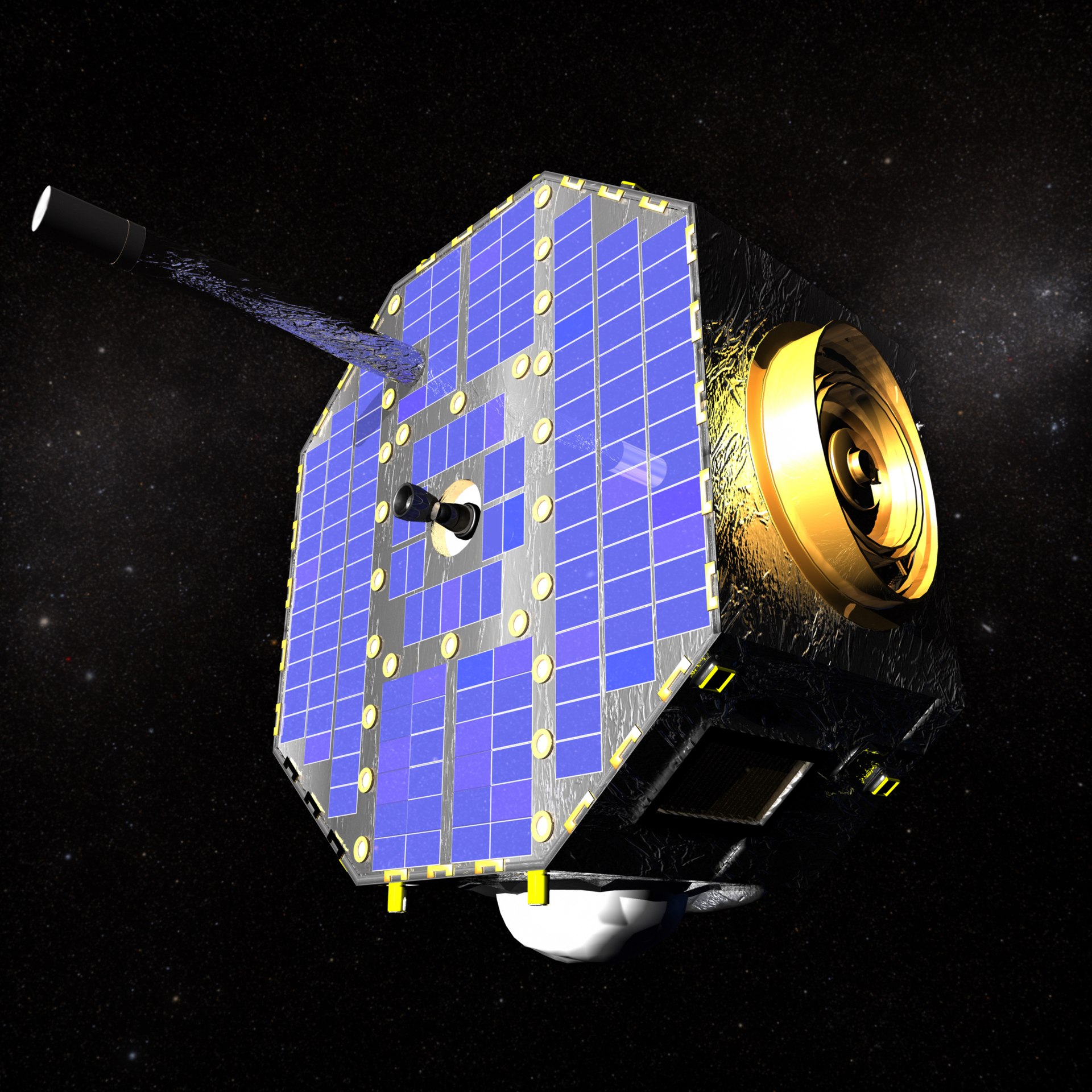The Interstellar Boundary Explorer (IBEX) spacecraft found itself in an uncertain situation. On February 24, NASA reported that the deep space explorer rebooted on February 18, and had not been in touch since. The controllers were unable to restore the probe’s control capabilities, despite restarting hardware and software on the Earth.

“The flight software and systems… are still working. But the spacecraft does not respond to commands and does not process data,” NASA representatives said. They noted that IBEX was programmed to restore from a backup and restart the power supply, which was scheduled for March 4, which would ensure the resumption of its work if the mission team could not solve the problem in another way.
IBEX discoveries in 15 years
IBEX was launched in October 2008 to explore the outer edge of the heliosphere. This is the boundary between the Solar System and interstellar space. The mission was designed for about two years, but the work of the probe stretched for 15 years. Its task was to identify the global interaction between the solar wind plasma and the interstellar medium at the boundary of the Solar System. The mission is led by the Southwest Research Institute (SwRI) in San Antonio.
The spacecraft created its first map of the heliosphere in the first year after launch, and it continues to map the entire sky every six months. Before that, it was believed that the shape of the boundaries of the heliosphere was determined precisely by the characteristics of solar wind particles. The main hypothesis assumed that its border was quite long. The data transmitted by the IBEX probe refutes this point of view. The limit of the heliosphere turns out to be very narrow, and its contours are probably determined by the influence of the magnetic field of interstellar space.
The spacecraft is also known for detecting a dense region of particles. It was named after it — the “IBEX ribbon.” It occurs when neutral hydrogen atoms carried by the solar wind interact with the magnetic field of the Milky Way. This creates vibrations or waves in a ribbon-shaped field. Now scientists are studying this phenomenon to learn more about the heliosphere.
Earlier we reported on how the MAVEN spacecraft experienced a malfunction in the orientation system.
According to Space
Follow us on Twitter to get the most interesting space news in time
https://twitter.com/ust_magazine

